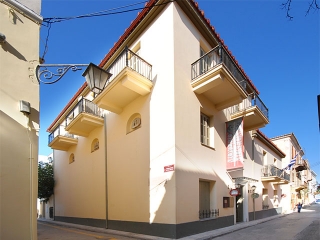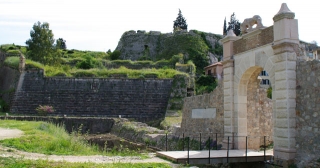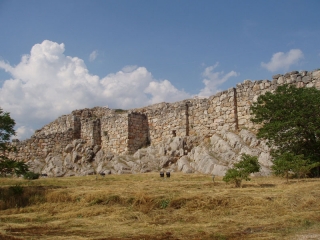
Tiryns Archaeological site
The earliest human occupation on the hill goes back to the Neolithic period (about 5000 B.C.). It was followed by successive settlements but their remains have been destroyed almost completely by the extensive construction arrangement of the Mycenaean age. Enough evidence survived from the settlement of the Early Bronze Age (2500-2000 B.C.) to prove the existence then of a series of apsidal houses arranged around a very huge circular building (diam. 28 m) on the summit of the hill.
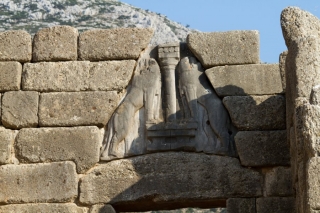
Mycenae archaeological site & museum
Mycenae 'Rich in Gold', the kingdom of mythical Agamemnon, first sung by Homer in his epics, is the most important and richest palatial centre of the Late Bronze Age in Greece. Its name was given to one of the greatest civilizations of Greek prehistory, the Mycenaean civilization, while the myths related to its history have inspired poets and writers over many centuries, from the Homeric epics and the great tragedies of the Classical period to contemporary literary and artistic creation. Perseus, is traditionally considered as its mythical founder. Pausanias reports that Perseus named the new city Mycenae after the pommel (mykes) of his sword, which fell there, or after the Perseia spring, discovered there under the root of a mushroom.
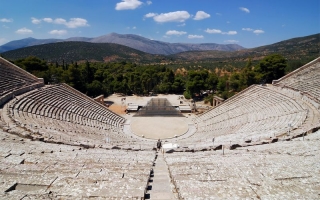
Epidaurus archaeological site & museum
Among the greatest monuments of Greek Antiquity, the famous theatre at the Asklepieion of Epidaurus, the finest and most renowned of its kind, combines perfect acoustics with elegance and symmetrical proportions, qualities praised already in the second century AD by traveller and geographer Pausanias. During the overall construction of the Asklepios sanctuary, the theatre was built on the west side of mount Kynortio, at the end of the classical era, in 340-330 BC. Until the third century AD, it hosted music, song and drama competitions during the Asklepian games taking place every four years in spring, after the Isthmia celebration, as well as drama performances in the worship of Asklepios. According to Pausanias, the theatre was designed by the architect Polykleitos the younger, who had also built the tholos (dome) in the same sanctuary almost fifty years earlier. This is disputed by several researchers pleading that the creator of the monument is still unknown.

